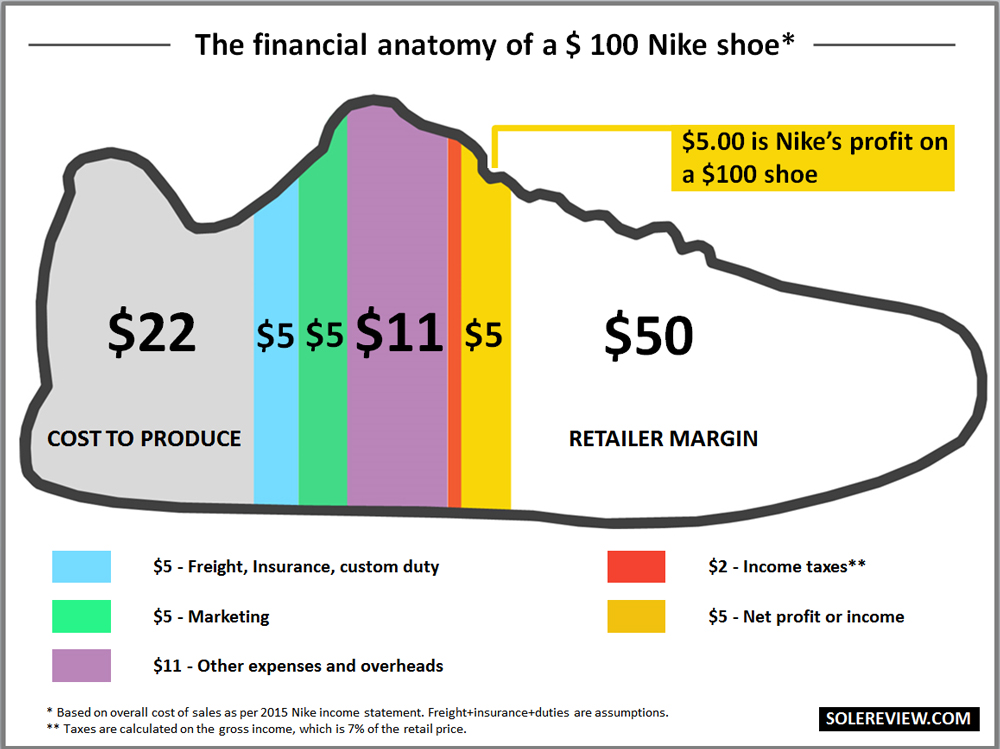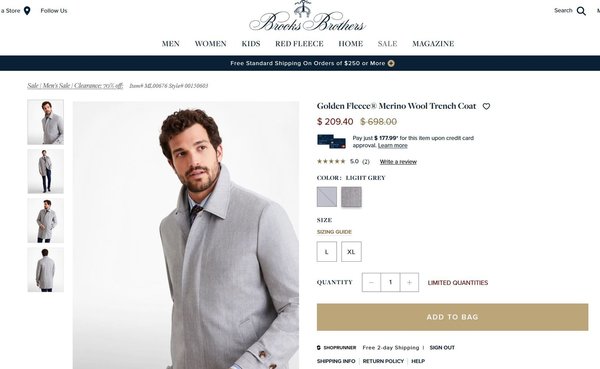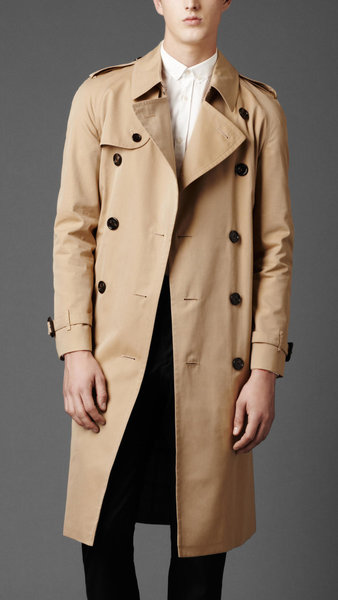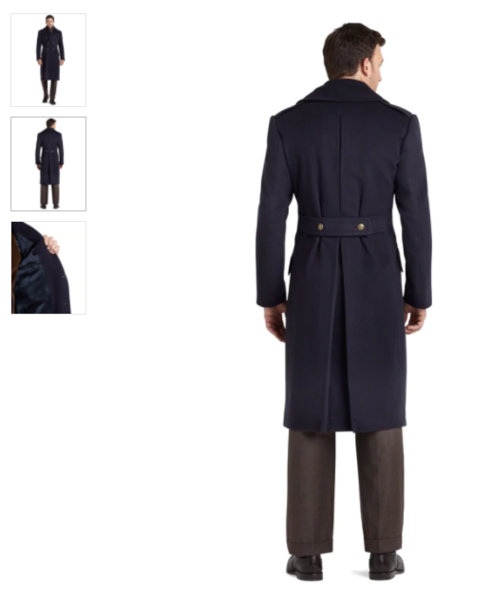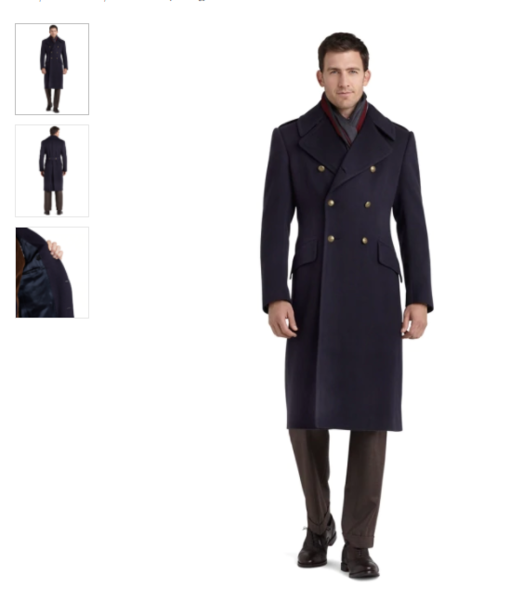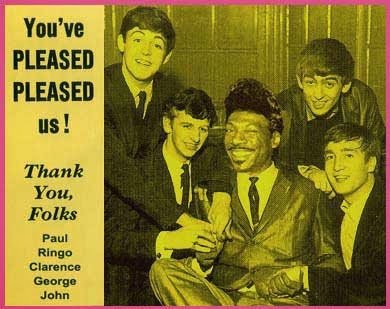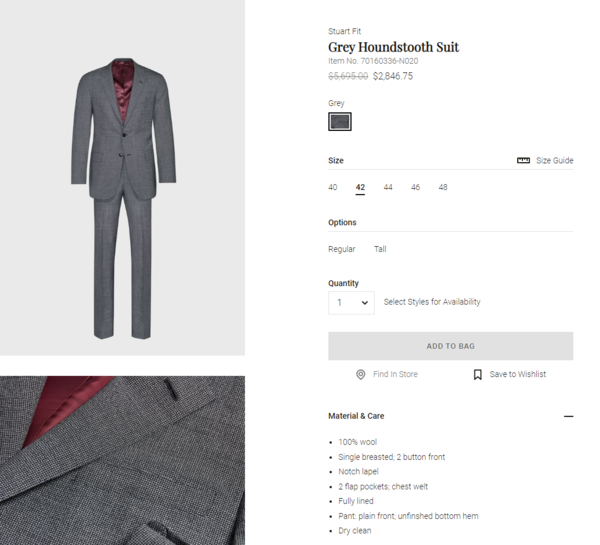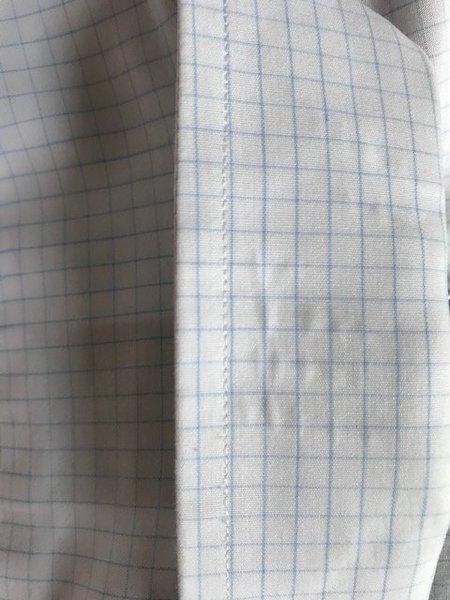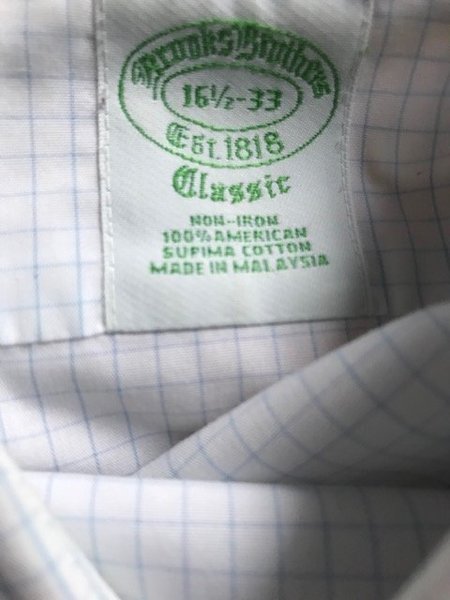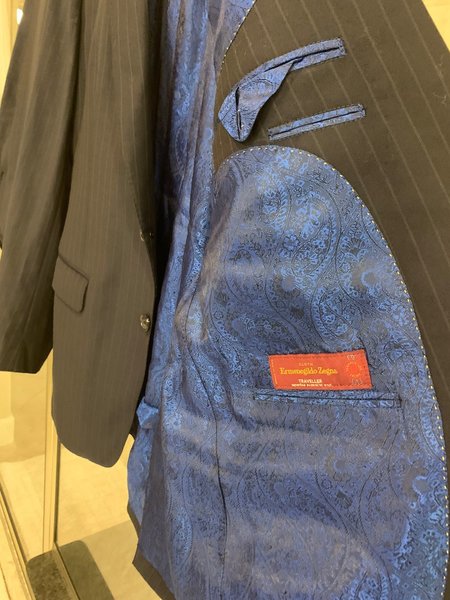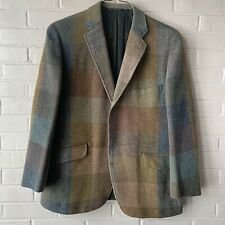- Joined
- Apr 10, 2011
- Messages
- 27,320
- Reaction score
- 69,987
well, not at 70 off, but I assume in general people's point is if they're making enough margin at say 35 off why not just chop msrp by 35% and never do sale.
Every retailer has to figure out what to do with unsold inventory. The way the seasonal fashion calendar is organized, sometimes you also have the problem of early seasonal deliveries. This is something the entire fashion industry is trying to figure out.
When a retailer gets spring items in, they have a short amount of time to sell it. After four months, excitement loses steam. Sale schedules also mean you're competing for other people's dollars. And depending on your target market, people may not even come into your store to buy spring items until much later (winter coats can get delivered in October, but people may not shop for winter coats until December, well into marked down season).
So if you sit on a huge pile of unsold stock, what do you do? If you wait longer, you may not even be able to sell them at a 70% markdown. If you hold onto winter coats, you'll also have to pay for storage. Companies need to maintain a cash flow.
Last edited:
